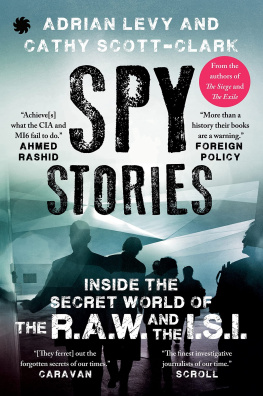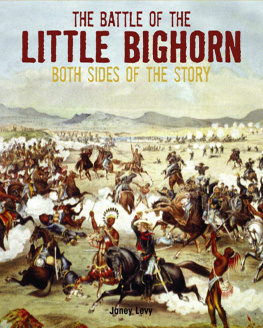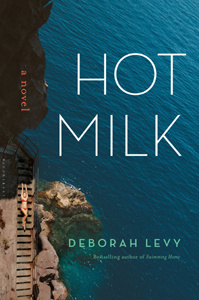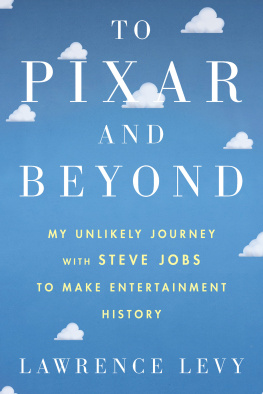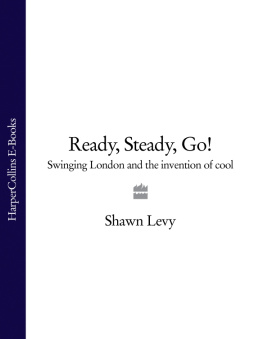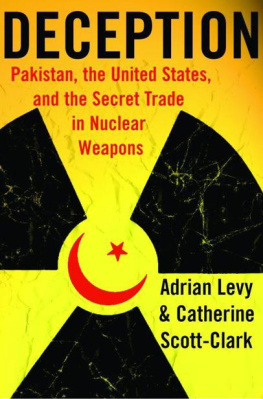| Spy Stories: Inside the Secret World of the R.A.W. and I.S.I |
| Adrain Levy & Cathy Scott-Clark |
| Juggernaut (Mar 2021) |
|
| Tags: | Stories, Spy, Terrorism, RAW, ISI, India, Pakistan |
| Storiesttt Spyttt Terrorismttt RAWttt ISIttt Indiattt Pakistanttt |
With unprecedented access to R.A.W. and I.S.I., the worlds most inscrutable spy agencies, Adrian Levy and Cathy Scott-Clark describe the workings of bitter rivals, mapping their complicated history from the 1960s to the present day.
From the Parliament attacks to Pulwama, 9/11 to bin Ladens assassination, the rise of terrors shadow armies to the fall of Kulbhushan Jadhav, here are some of the key events that have shaped the region told with more detail than ever before and using both sides of the story. Levy and Scott-Clark also uncover a darker seam - of the destructive impact of U.S. interference in both India and Pakistan, and how I.S.I. was overcome by the dark forces they funded, while R.A.W. created ghost enemies and false narratives to strengthen their hand.
Revelatory and unputdownable, Spy Stories clears the fog to reveal the I.S.I. and R.A.W., officers and their assets as you have never seen them before.
Title Page
Spy Stories
Inside the Secret World of the R.W.W. and the I.S.I.
Adrian Levy and Cathy Scott-Clark

This book is
compiled & gifted to book-lovers by
Vibhatsu
Dedication
For Z&A
Epigraph
It is always better to admire the best among our foes rather than the worst among our friends
Viet Thanh Nguyen, The Sympathizer
Acknowledgements and a Note on Sources and Methods
What follows are personal accounts - and, occasionally, the regretful recollections - of rival officers and analysts working to outwit and trap one another in the ground zero of the spy wars. The principals in this book are from Indias Research and Analysis Wing (R.A.W.), which is rarely talked about at all, and has been denigrated as a bureaucratic vipers nest, while its enemies, in Pakistans InterServices Intelligence (I.S.I.), are spoken about all the time, but mostly portrayed as mysterious, self-serving, and deadly.
These are politically tinged tropes, and in the pages that follow spies from both secret services appear altogether different, as they describe how they became (and some still are) invisible protagonists, knee-deep in chaos, a few of them becoming militant, some losing traction, others having religious and political epiphanies, some going rogue, a few becoming crazy. Many of the events they participated in are well-known outrages, but they have redrawn them in the book in intimate, and revelatory ways, shedding new light, providing fingertip context, and drawing, sometimes, contrary, and shocking, conclusions.
Their stories are deeply subjective, sometimes confessional, and nearly always partial thanks to operational security that throttled their vision so that often they only saw their own inputs and outputs. On other occasions, their vehemence reflects the hold their outfits still have over them, framing everything they see and do. Some who began as hawks and arch pragmatists have become pacifists, now believing in dialogue over warfare, advocating for negotiation as the path to resolution. A small number who have never stepped into the sunlight remain committed to hot-metal solutions, impatient with the tangles in democracy.
The (religious and secular) insurgents in India and Pakistan that these spies tracked, recruited, ran as assets, or tried to kill, over two decades, emerge anew in the following pages too, as a small band of capable, relentless, and ruthless antagonists, with names that are familiar but whose goals and antecedents are surprising. And, like a crimewave family, a small band of men (and the thousands they recruited and sent to their deaths) triggered a cascade of incidents, small and large, that almost engulfed the entire region in war, and raised nuclear hackles. Also here are extracts from their liturgy, the powerful creation stories, and religious justifications, drawn all the way back from the conspiracy in 1981 to kill President Anwar Sadat of Egypt, and re-purposed for the 9/11 levies.
This is not a book about the Central Intelligence Agency (C.I.A.) but it is everywhere, framed by two secret missions. One was the Gary Powers spy-plane calamity in 1960, which glued together an early version of the I.S.I.-C.I.A. pact, after an American long-range U2 surveillance plane was permitted to take off from a base near to Peshawar (to carry out a deep, unparalleled reconnaissance mission over the Soviet Union). The second was in 2017, as Donald Trump became the surprise pick for president and actioned a covert plan to spring from a Pakistan jail a local doctor accused of conspiring with the C.I.A. to track and kill Osama bin Laden. These waystations in history saw the Agency balancing its need for the I.S.I. (it now mistrusts) against a desire for India (and the R.A.W., which the C.I.A. now prefers) to grow as a strategic buffer to China, while opening-up its markets to American industry.
Wooed by those it shunned, pandered to by its current proteges and partners, the C.I.A., as the stories that emerge here suggest, was a catalyst for change and security in Pakistan and India, when it did well. But when C.I.A. officers went off the rails, their brutal excesses were aped too by the I.S.I. and the R.A.W., dragging on the democracies of India and Pakistan, to devastating effect.
Stories from this precinct have been told brilliantly from Langleys perspective. We all have our favourite books, documentaries, and movies. The C.I.A.s management of its myth is perhaps its greatest work. And even though India-Pakistan remains a global flashpoint, an understanding of which is key to knowing where we have come from and where we might end up, there are very few accounts that emanate from the blind tower off Lodhi Road (where the RAW. resides) or the cool, grey, granite-and-marble precinct of Aabpara (where the I.S.I. rules). Some of this is down to secrecy laws, and a concept of operational security borrowed from the British and Israelis. Also at play are thin-skinned governments and administrations of all colours in both countries that have cracked down on spies talking and journalists asking.
However, despite the risks, a huge number of officials from the security services in India and Pakistan, well over a hundred, taped over the decades, helped to make this book happen, after years of asking by our long-term friend, editor, and publisher Chiki Sarkar, whom we first met when she was at Penguin India.
Many of these interviewees, whom we saw multiple times, cannot be name checked and would be grateful if we never mentioned their role. So, heres to you, respecting your need for anonymity.
The Pakistan High Commission in London was in for the marathon and often open to us, even when Islamabad, sometimes, was not, as in the years we were blacklisted by one section of the military, while being engaged by another. Diplomats and military officers stationed in London talked candidly, and we surprised each other, agreeing and disagreeing. The High Commission magnified our requests, fielded our disappointment, and cheered with us when things worked out. Irritated by a hostile reading of Pakistan in the West that was often Islamophobic, it was keen to explore how to set that right.

